Celebrating its 20th anniversary, Tarantino’s “Kill Bill: Volume 1” is an homage-heavy cinematic love letter that continues to thrill.
When the Shaw Scope title appears along with a colorful vintage “Our Feature Presentation” message, it takes us back to the theatrical Grindhouse days before VHS came into the picture.
Bloodied and shaken, the splattered Bride (Uma Thurman) lies frozen as Bill (David Carradine) wipes the blood from her face (Influences: Citizen Kane and The Good, The Bad, and The Ugly).
Sadistic and unrelenting, he shoots her in the head as she tells him, “It’s your baby!”
Tarantino was brilliant at making Bill an enigma in Volume One; he’s this dark and sadistic opposing force. We don’t see Carradine’s face, just shots of his hands, boots, and cane, then hear him offscreen, most of the time above the camera angle.
Cut to Nancy Sinatra’s somber and perfectly fitting “Bang Bang (My Baby Shot Me Down)” to set off the title credits.
The Bride, aka Black Mamba and Beatrix Kiddo, arrives at the house of Mrs. Bell, formerly Vernita Green, aka Copperhead (Vivica A. Fox), a fellow member of the Deadly Viper Assassination Squad that betrayed her. The two set off into assassin autopilot mode (Influences: Five Fingers of Death, Coffy).
Shaw Brothers historian and composer RZA knew exactly how to infuse musical cues from Kung Fu and Samurai influences.
Tarantino’s ability to throw in humor when things get too intense is a gift of his craft.
This is exemplified when Vernita’s daughter, Nikki (Ambrosia Kelley), walks into the household of carnage. In strategic defense with a Kaboom cereal box between them, The Bride kills Green and tells Nikki, “When you grow up…If you still feel raw about it, I’ll be waiting.”
This is the scene in the lineage of Kill Bill that continues to give fans hope for Volume 3.
Flashback to the aftermath of the El Paso, Texas, wedding massacre. Ranger Earl McGraw (Michael Parks) examines the blood-splattered bride to recognize she’s still alive and comatose. Bill’s new protégé, Elle Driver, aka California Mountain Snake (Daryl Hannah), disguises herself as a nurse ready to inject The Bride with a death serum until Bill halts the mission (Influences: Brian DePalma; Carrie, Dressed to Kill, Twisted Nerve, Thriller: A Cruel Picture).
The Bride, jumping up from her coma after being bitten by a mosquito, gasps for air; then the discovery of a metal plate in her skull and no baby brings absolute grief.
Thurman is so powerful in this moment. She realizes through her awakening subconscious state that she’s been raped for years by Buck (Michael Bowen), her male nurse. If you’re not feeling emotional vengeance by now, something’s wrong.
Killing Buck and his male client, The Bride hauls ass via wheelchair, escaping to the parking structure and dragging herself into Buck’s Pussy Wagon.
After four years in a coma, I appreciate that Thurman and Tarantino took realism into account by pulling herself up with arm strength until she could gain control of her legs and feet. In other films, the character could inevitably get up and walk out the door.
Why Thurman wasn’t nominated for an Oscar, I’ll never understand.
The gasping scene and her “drawing a square” at Vernita’s are Pulp Fiction (1994) homages to her Mia Wallace character and overdose scene.
The Bride narrates the backstory of O-Ren Ishii, aka Cottonmouth (Lucy Liu), a half-Chinese-Japanese American Assassin from Tokyo. Thurman’s narration in introducing the backstory of each of her enemies is quite effective in the structure of this film as well.
O-Ren’s story takes on the narrative of an anime segment directed by Kazuto Nakazawa that I felt was a real treat for the movie.
After witnessing the murder of her parents at the hands of a pedophile yakuza (organized crime), the blood-soaked child, now with a sword, seeks the ultimate revenge and becomes a top worldwide assassin at the age of twenty. We get a glimpse of what makes her so hardened and uncompromising.
Anime was a superb choice to illustrate this character’s journey, taking us out of our safety to an unimaginable violent situation we could only understand through anime.
If this was filmed with actors instead, I think it would have been too much for the audience emotionally, with an impulse to “shut off.”
The Bride, O-Ren, the chapters, and much of the film are inspired by Toshiya Fujita’s visually stunning samurai vengeance tale, Lady Snowblood (1973).
Traveling to Okinawa, Japan, The Bride seeks out Hattori Hanzõ (Sonny Chiba), Bill’s former teacher and wordsmith, to make her the ultimate Hanzori sword. Chiba and Thurman play off each other beautifully upon first meeting each other. Wherever Bill led her astray, karma sent her a wise and fair teacher with Hanzõ, honoring the art and the code of conduct in battle.
The ultimate showdown that steals the thunder takes place at the House of Blue Leaves, an underworld Tokyo bar.
The battle scenes are like a breathtaking dance thanks to the martial master, Choreographer Yuen Woo-Ping (The Matrix, Crouching Tiger, Hidden Dragon).
Kill Bill also introduces us to the unwavering skills of stuntwoman Zoe Bell.
The sequences showcase the magnitude of Editor Sally Menke’s job to carefully construct a succession of closeup shots, sword action, and laying in the music tracks.
Thurman looks radiant in her Bruce Lee homage hornet suit (Influences: Game of Death, Fist of Fury – The Chinese Connection) while battling Gogo Yubari (Chiaki Kuriyama, Battle Royale), Johnny Mo (Gordon Liu, The 36th Chambers of Shaolin), and all the Crazy 88s.
What a significant achievement in gore effects for the KNB EFX team, expelling limbs left and right among a huge cast of combat extras and the horror of watching Sofie Fatale (Julie Dreyfus) lose her left arm.
That mesmerizing silhouette fighting scene in the blue room is the magnificence of Cinematographer Robert Richardson.
Richardson shot Kill Bill in the framework of a widescreen aspect ratio, making it feel like a Sergio Leone western.
When The Bride takes an eye, the transition to black and white in the battle is another smart decision. Whether it truly satisfied the MPPA or not, I feel the black and white allowed us to go into a warrior zone for The Bride; if left in color, the pacing may have dragged.
The two warriors face off, and honorably, the sword does its job, killing O-Ren in a garden of falling snow, another homage to Lady Snowblood with the ballad The Flower of Carnage by Meiko Kaji.
The dialog in Kill Bill is minimal compared to Pulp Fiction and Jackie Brown.
Changing the sequences of combat by showing Vernita, No.2, first, then O-Ren, No. 1, is another effective choice. O-Ren is the greatest physical threat outside of Bill. Vernita and Budd are conflicted with guilt, while Elle’s jealousy can divert her. Saving the battle with O-Ren for the end of Volume One makes the stakes higher and more emotional as we move into Volume Two.
In many interviews, Tarantino has equated Kill Bill to his “Mount Everest” of filmmaking.
In many interviews, Quentin Tarantino has equated the now-twenty-year-old KILL BILL to his “Mount Everest” of filmmaking, and it's not hard to understand why. Click To TweetVolume One alone grossed over $180 million worldwide on a $30 million dollar budget. Self-evident of his knowledge of film, Tarantino continues to program midnight screenings of both Volumes and introduce younger audiences to the magic of Shaw Brothers and Spaghetti Westerns at the historic New Beverly Cinema.
Cinematically, Kill Bill: Volume One is meticulous filmmaking that truly epitomizes the film’s opening quote: “Revenge is a dish best-served cold.”


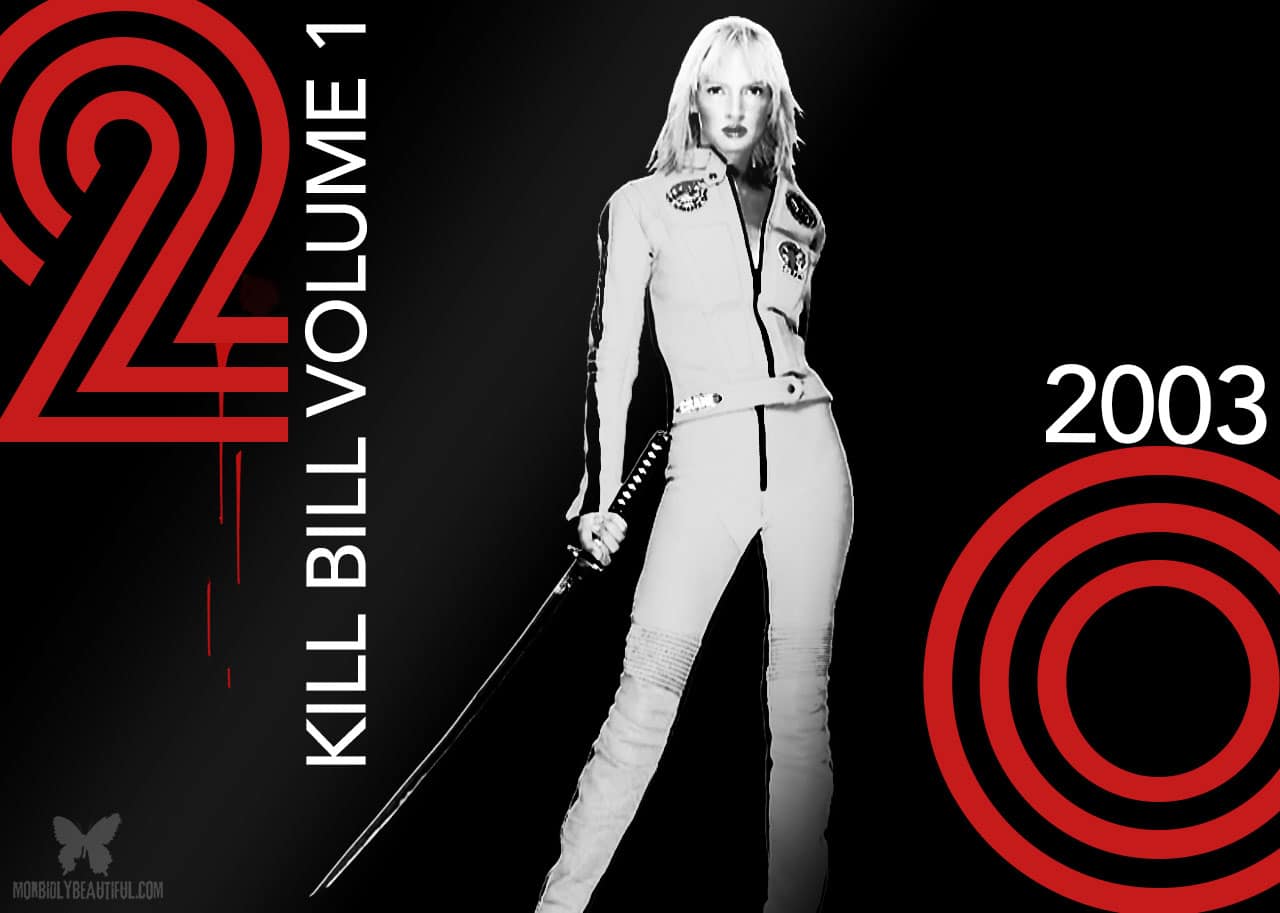
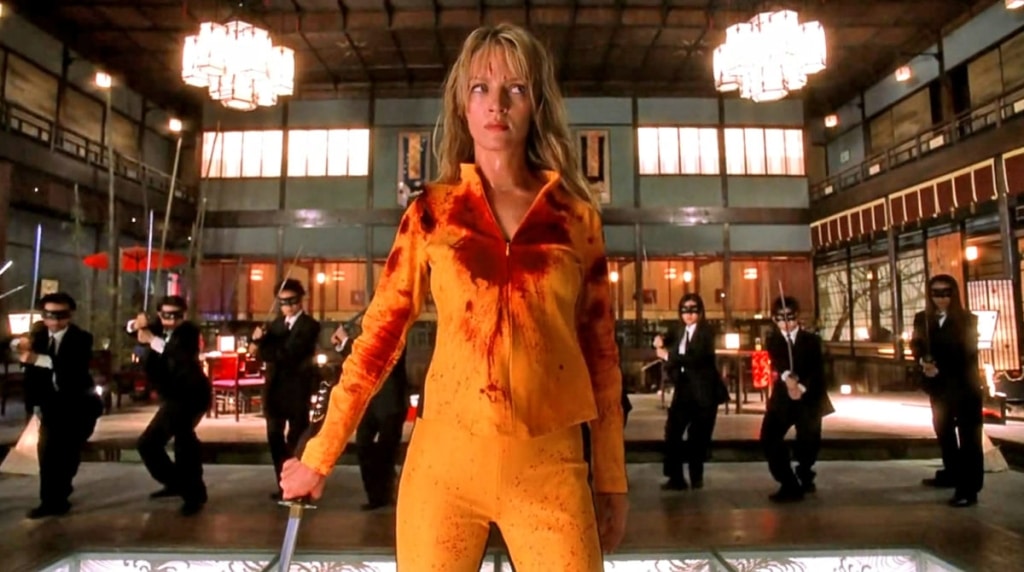
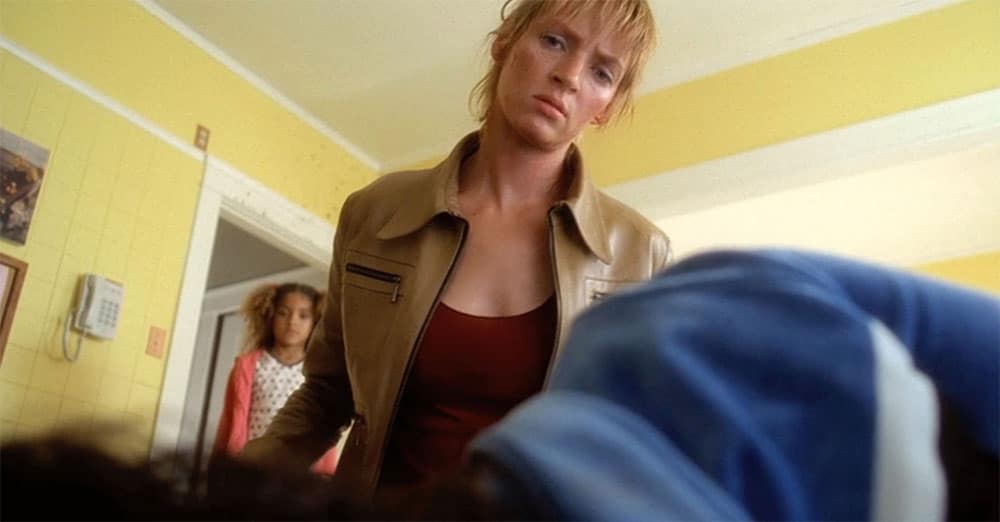
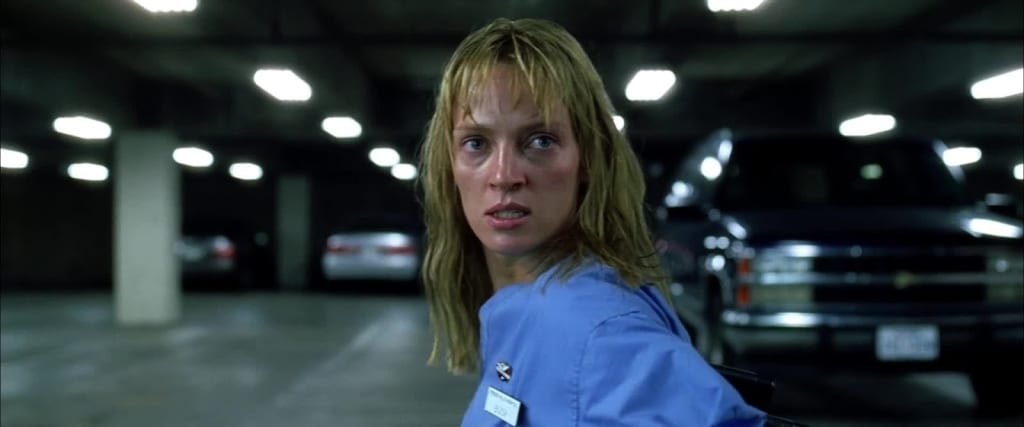
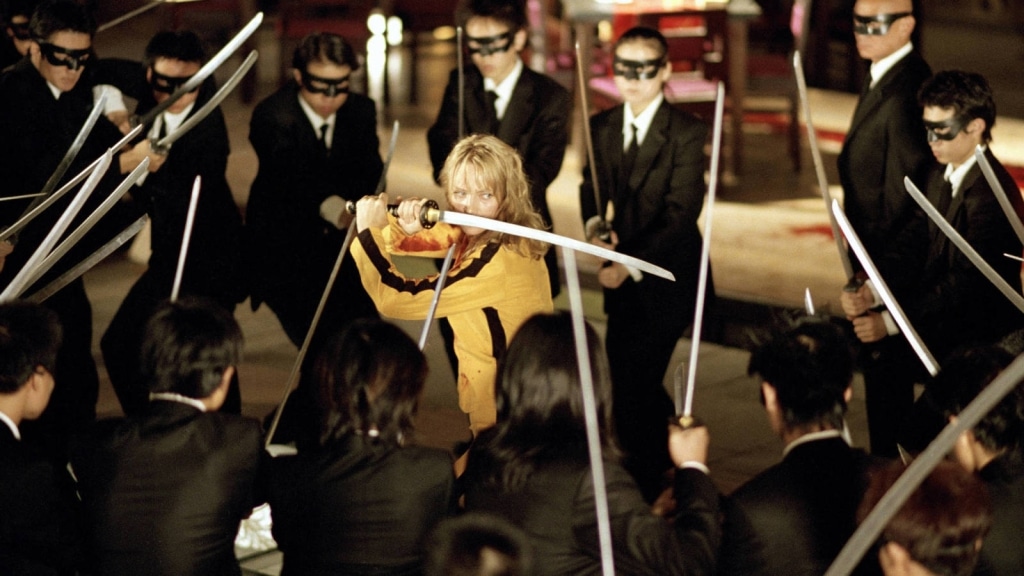
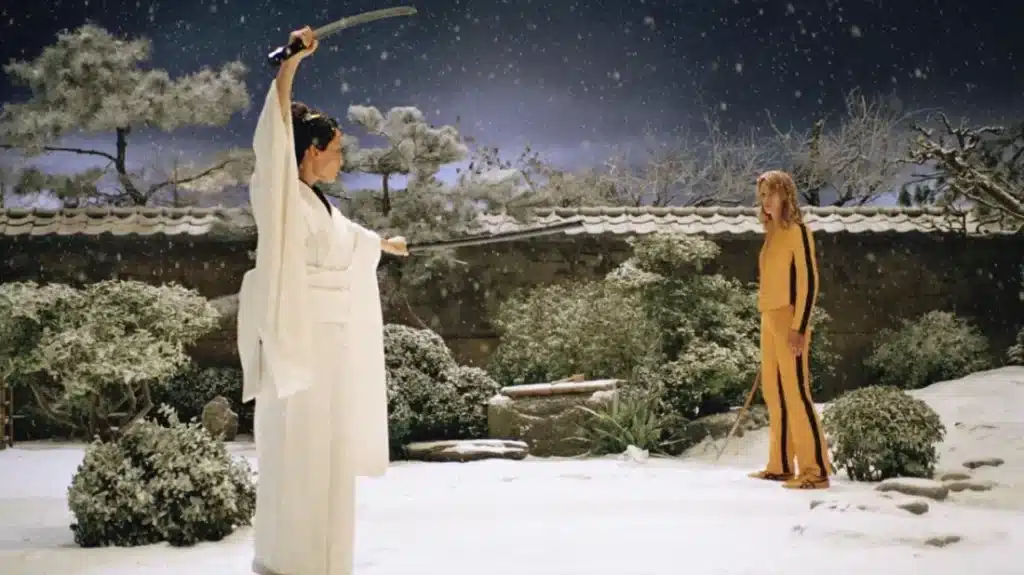
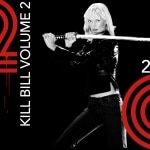

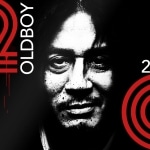
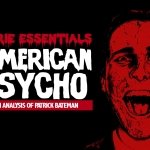


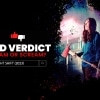




Follow Us!